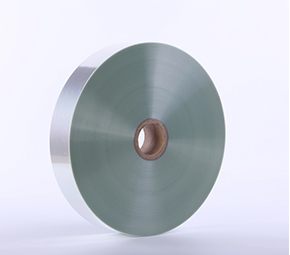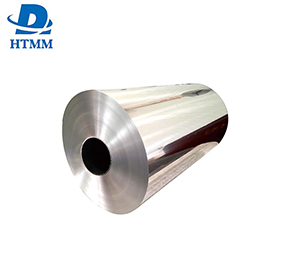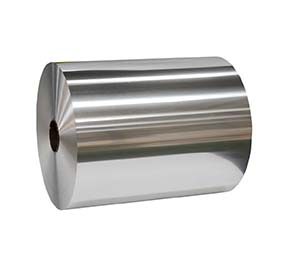What is the difference between 10 micron household foil and 20 micron foil?
There is a difference of 10 microns between 20 microns and 10 microns.
10 micron foil is thin and light, while 20 micron foil is thicker and more durable. 10 micron foil can be used for light applications such as covering bowls and pans, such as wrapping sandwiches. 20 micron foil can be used for heavy-duty applications such as grilling, baking, etc. Thicker foil is more tear-resistant than thinner foil.
How does thickness affect cooking performance?
Thickness is a very important factor in foil roll selection, and thickness determines whether you are suitable for light or heavy applications in cooking. When I use 10 micron foil for baking, it is perfect for light tasks, such as covering casseroles or lining baking sheets. When I wrap something sharp or heavy, such as roast meat or ribs, the 20 micron thickness is tear-resistant, allowing you to experience the delicious taste.
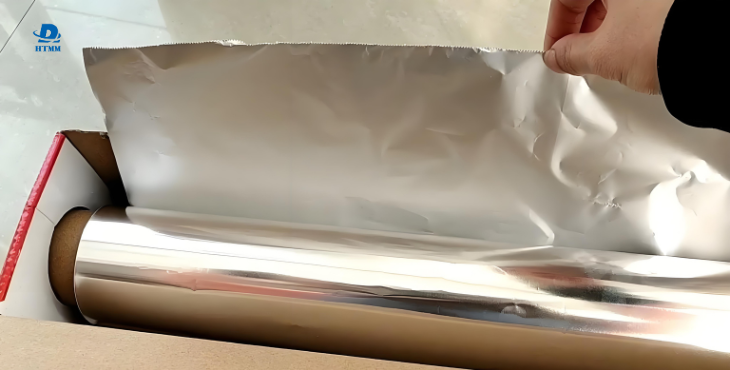
On the other hand, 20 micron foil is a must for cooking. It is strong enough to withstand heavier foods and can also withstand high temperatures, making it the most ideal choice as a packaging for grilling and baking. If you are looking for heavy-duty foil, then the 20 micron factory-priced cooking foil large roll is worth considering. If you are looking for light-duty foil, then the 10 micron factory-priced cooking foil large roll is the best choice. Choosing the right thickness for your application can help you save costs and give you greater economic benefits.
Which is better for home use?
The first factor that wholesale or small roll aluminum foil manufacturers will consider is the price of aluminum foil. 10 micron aluminum foil is cheaper than 20 micron aluminum foil, but the disadvantage is that it is thinner. If you encounter heavy-duty applications, you will waste more thinner aluminum foil. Therefore, unnecessary waste will be generated.
Comparatively speaking, 20 micron aluminum foil is more durable than 10 micron thickness, so you can use less aluminum foil when completing heavy-duty tasks. Homes are generally light-duty applications, and 10 micron thick aluminum foil is often loved and chosen by home applications.
Where is the price advantage of 10 micron aluminum foil?
10 micron household aluminum foil rolls have a good price compared to 20 micron aluminum foil rolls. 10 micron thickness is a common thickness in many countries, such as the UAE, Kenya, Yemen and other countries. Because it is commonly used, the production volume is extremely large. If you want to get greater economic benefits, you can choose the stock of 10 micron aluminum foil giant rolls.
Can 10 micron aluminum foil handle heavy-duty tasks?
Although 10 micron aluminum foil is lighter than 20 micron aluminum foil, it is also a little difficult to use in heavy-duty applications. For example, when wrapping meat or heavier vegetables for grilling, it is easy to tear. If you only have 10 micron aluminum foil, you can use two sheets to stack them, so that the tear resistance will be increased.
If you need to do both light and heavy tasks, you can prepare both 10 micron and 20 micron aluminum foil. In kitchen applications, aluminum foil rolls are in great demand, so wise manufacturers will purchase giant rolls of aluminum foil, rewind them into small rolls through rewinders, wholesale them to supermarkets or stores, and finally sell them to consumers.
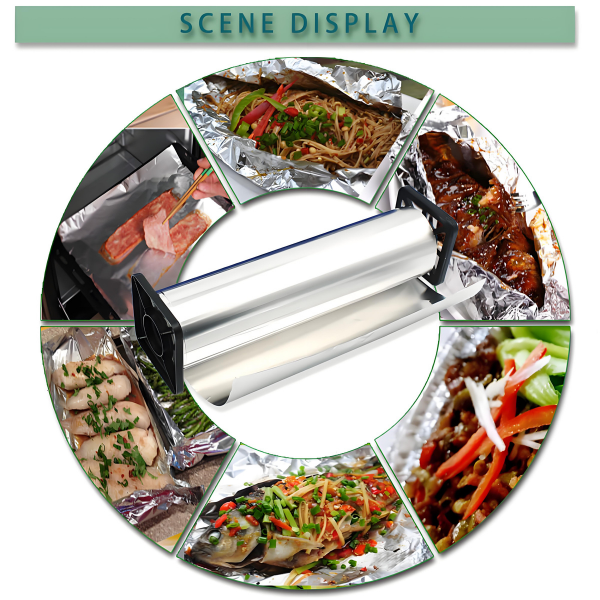
What to consider when choosing between 10 micron and 20 micron aluminum foil?
When choosing between 10 micron aluminum foil and 20 micron aluminum foil, there are several factors to consider:
Intended use: If you mainly use aluminum foil for lightweight tasks, 10 micron may be enough. But for cooking, grilling or heavy tasks, 20 micron is a better choice.
Durability: 20 micron aluminum foil is stronger and less likely to tear, making it more reliable for demanding applications.
Cost: While the upfront cost of 10 micron foil is lower, 20 micron foil is more cost-effective in the long run because you use less foil.
For me, the 20 micron factory-priced cooking foil jumbo roll is a lifesaver. It's sturdy, versatile, and perfect for all my cooking needs.
After trying both the 10 micron and 20 micron foils, I found the 20 micron option to be more suitable for home use. It's more durable, versatile, and cost-effective in the long run. Whether you're cooking, baking, or storing food, the 20 micron home-use foil jumbo roll food grade is a solid choice that won't let you down.
If you're still unsure, I recommend trying both and seeing which works best for your needs. But for me, the extra thickness and durability of the 20 micron foil makes it a clear winner in life.

